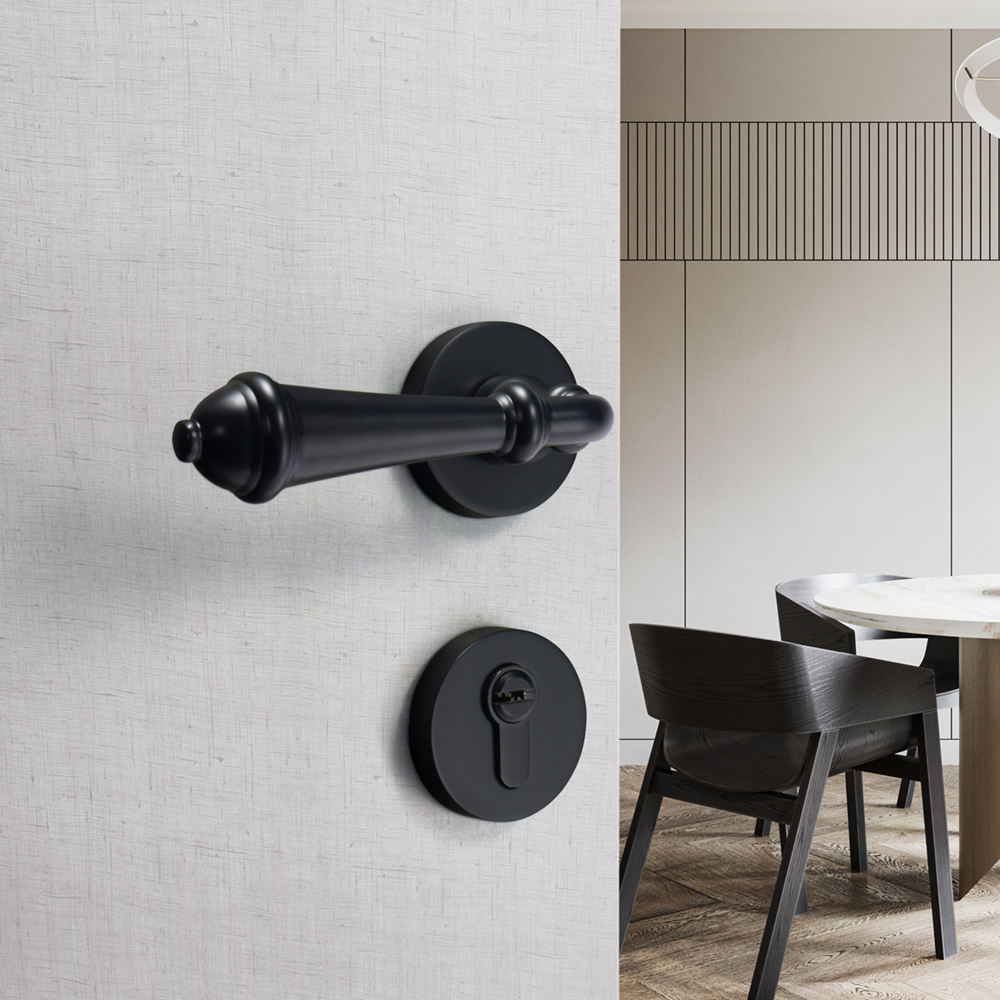The journey of wooden furniture handles from factory to home is a fascinating process that involves various stages of design, craftsmanship, production, and distribution. Here’s an overview of the journey of wooden furniture handles:
1. Design and Concept:
The journey begins with the design phase. Designers and craftsmen create sketches, digital renderings, or prototypes that envision the final look and feel of the handles. Considerations include aesthetics, ergonomics, materials, and compatibility with different furniture designs.
2. Material Selection:
Wood species are carefully chosen based on their appearance, durability, and suitability for the handles’ intended use. Different wood types bring distinct characteristics to the handles, such as grain patterns and color variations.
3. Manufacturing:
Once the design is finalized and materials are selected, the manufacturing process begins. Skilled artisans or automated machinery transform raw wood into handle components through cutting, carving, shaping, and sanding.
4. Finishing:
After shaping, handles undergo finishing processes. This includes sanding to achieve a smooth surface, applying protective finishes to enhance the wood’s appearance and durability, and possibly staining or coloring to achieve the desired aesthetic.
5. Quality Control:
Handles undergo rigorous quality checks to ensure they meet design specifications and quality standards. Defects, inconsistencies, or imperfections are addressed before the handles proceed to the next stage.
6. Packaging and Distribution:
Finished handles are carefully packaged to prevent damage during transportation. They are then distributed to retailers, wholesalers, or directly to consumers, depending on the distribution model of the manufacturer.
7. Retail Display:
Handles may be displayed in showrooms, furniture stores, or online platforms. Their design and craftsmanship are showcased to potential customers who are looking to enhance their furniture.
8. Purchase and Installation:
Customers select handles that match their furniture and design preferences. After purchasing, they install the handles on their furniture pieces, following instructions provided by the manufacturer.
9. Everyday Use:
Handles become an integral part of daily life as users interact with them regularly. Well-designed and durable handles enhance the functionality and aesthetics of the furniture.
10. Aging and Patina:
Over time, handles develop a patina, changing in color and texture due to exposure and use. This aging process adds character and tells the story of the furniture’s journey.
11. Maintenance and Care:
Homeowners maintain and care for their handles by cleaning, polishing, and protecting them as needed. Proper maintenance ensures that the handles retain their beauty and functionality.
12. Legacy and Storytelling:
As furniture pieces are passed down through generations or changed hands, the handles become a part of the furniture’s history and story. They contribute to the legacy of the piece.
The journey of wooden furniture handles encompasses design, craftsmanship, aesthetics, and functionality. From the factory where they are created to the homes where they are cherished, these handles play a significant role in enhancing furniture and creating lasting connections with the people who use and appreciate them.


